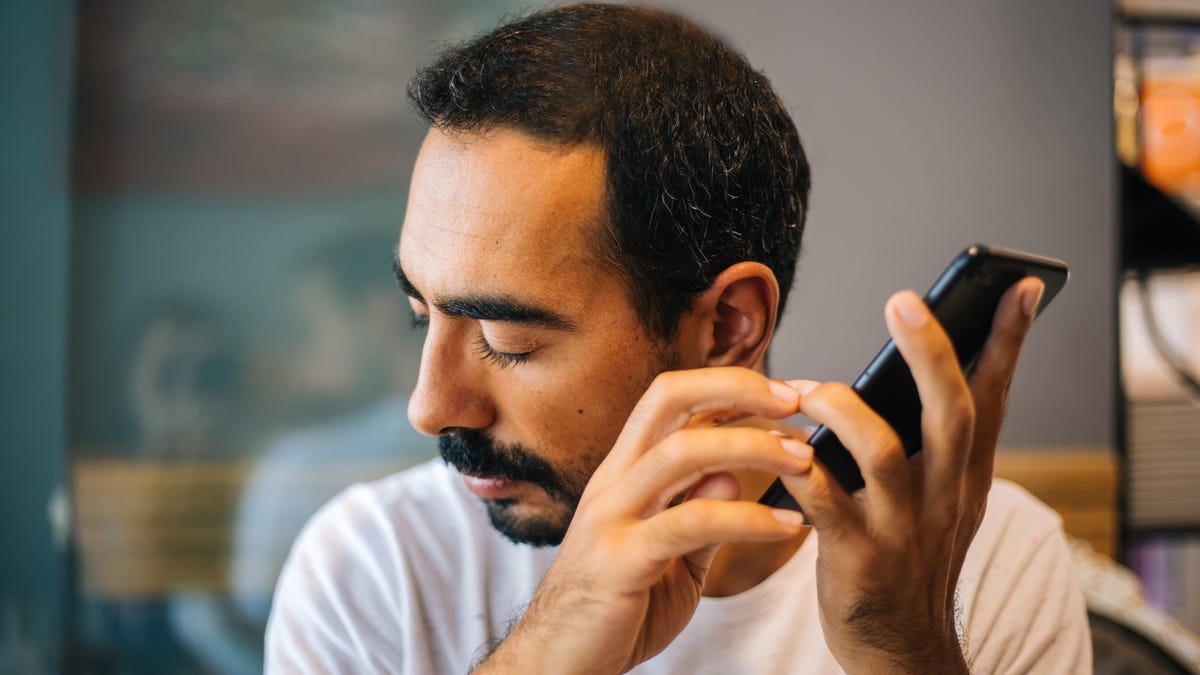Why tech accessibility matters, and the long road to improving it
A growing list of companies including Google and Apple are incorporating more accessible design, but progress lags. Here's why experts say that needs to change.

Accessibility is becoming a growing focus among tech companies. It's long overdue.
Comedian and writer Zach Anner relies heavily on tech. As someone with cerebral palsy, he says his independent life is possible because of digital platforms like ride sharing apps and meal delivery services, which allow him to more easily go about his day.
"Tech is the most exciting area because there's so much that you can do around accessibility to create universal access for people," Anner said.
But the industry has a long way to go before truly becoming universally accessible. Because companies often overlook the needs of those with disabilities, many people have trouble using devices and platforms. A whopping98% of US websites aren't fully accessible, according to a report by web accessibility company accessiBe. Additionally, Americans with disabilities are nearly three times as likely to never go online, according to the Pew Research Center, and are around 20% less likely to subscribe to home broadband and own a computer, smartphone or tablet.
The Americans with Disabilities Act, which was passed in 1990, has helped make physical spaces more accessible by requiring accommodations like wheelchair ramps and elevators. But it hasn't been as effective at making digital spaces more accessible. That's because so much has changed since the law was passed. At the time, we didn't all have smartphones or widespread access to computers, and we didn't rely on the internet to handle everyday tasks the way we do now, especially as we spend more time at home during the COVID-19 pandemic. Digital accessibility compliance hasn't kept up with the times.
That's slowly changing. More companies, including tech giants like Google , Apple and Facebook, are rolling out features and updates that allow a range of people to more easily use their products and services.
For example, Google has launched a handful of accessibility apps in recent years including Live Transcribe, which provides real-time speech-to-text transcriptions for people who are deaf or hard of hearing, and Lookout, which helps people who are blind or low-vision identify food labels, pinpoint objects in a room and scan documents and currency. Apple launched a People Detection feature last year, which lets blind and low-vision iPhone and iPad users know how close someone is to them. And Facebook has worked to improve photo descriptions for blind and visually impaired users, while also rolling out automatic captions on Instagram's IGTV.
Advocates say it's critical for companies to hire and consult people with disabilities when creating products and services to ensure inclusivity.
"How can someone that does not live that experience design something for someone else?" said Tatiana Lee, an actress, model and activist. "You need to understand what it means to navigate the world as someone who is blind, as someone who is deaf, as someone who is a wheelchair user."
Lee, who uses a wheelchair, was born with spina bifida, meaning her spine and spinal cord didn't form properly at birth. She notes that while progress has been made across physical and digital spaces, there are still plenty of locations that aren't wheelchair accessible. That's a major barrier she's faced in Hollywood, where networking is key but physically getting into a room isn't guaranteed. Another challenge Lee faces in the industry is having to constantly push back against stereotypes and biases as a Black woman with a disability.
Anner says it's critical for people with and without disabilities to see that kind of representation on screen.
"The stigma around disability goes away when you start relating to people who have disabilities," he said.
Anner also recently started doing tech reviews on YouTube, which he hopes will be a conversation starter.
"I want people who don't think about disability at all and how we use tech and move throughout the world to maybe have a lightbulb go off," he said. "So when they're designing products, they can start thinking about stuff like that."

